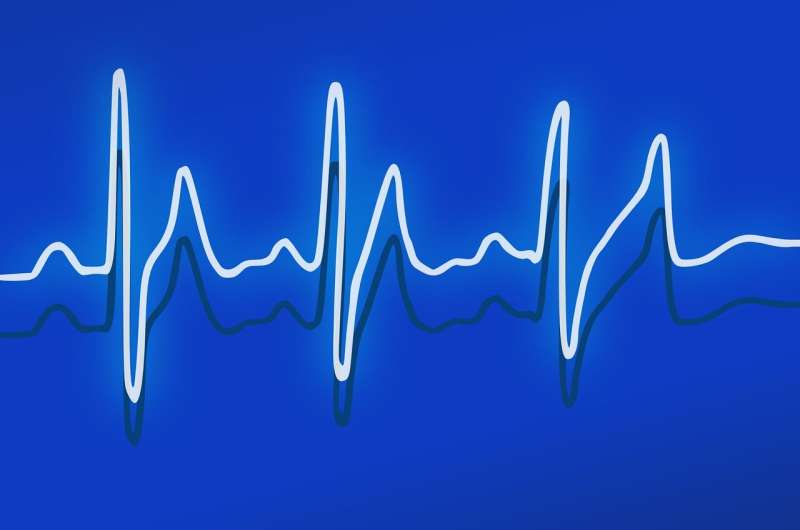Understanding the Seasonal Dynamics of Disease Spread and Human Behavior

This article explores how seasonal changes and human behavior collectively influence outbreaks of infectious diseases like flu and COVID-19, emphasizing the importance of sustained public health measures to prevent recurrent surges.
Seasonal fluctuations in infectious diseases such as influenza and COVID-19 pose ongoing challenges for public health. Recent research highlights how not only do infection rates naturally rise and fall with seasons, but human behavior also plays a critical role in these patterns. When infection levels are high, individuals are more likely to adopt protective measures like mask-wearing and social distancing. Conversely, as cases decline, many tend to relax precautions, even if the risk remains. This cyclical behavior can lead to repeated outbreaks, especially during colder months when transmission tends to increase. A new mathematical model developed by researchers from the Max Planck Institute and international collaborators illustrates how disease spread and human decision-making influence each other in a feedback loop, creating predictable seasonal patterns of infection surges. Understanding these dynamics is essential for designing effective public health strategies that promote sustained protective behaviors year-round. Addressing the social dilemma—where individual interests conflict with collective health—requires targeted interventions to maintain consistent adherence to health measures and mitigate seasonal disease waves. Enhanced awareness and policy efforts can help break this cycle, reducing the burden of seasonal illnesses like flu and COVID-19.
Source: https://medicalxpress.com/news/2025-06-seasonal-disease-behavior-infection-outbreak.html
Stay Updated with Mia's Feed
Get the latest health & wellness insights delivered straight to your inbox.
Related Articles
How the Side of Onset in Parkinson's Disease Influences Its Progression
Recent research highlights how the side of initial symptoms in Parkinson's disease significantly impacts cognitive, emotional, and psychiatric outcomes, emphasizing personalized treatment approaches.
AI-Driven ECG Technology Detects Risk of Severe Heart Block Condition
An AI-powered ECG analysis tool developed by Imperial College London can predict the risk of life-threatening complete heart block, enabling early intervention and saving lives.
Long-Term Effects and Viral Persistence in Survivors of Sudan Ebola Virus Infection
A recent study reveals that over 50% of Sudan Ebola virus survivors experience long-lasting health issues and can harbor the virus in semen and breast milk for months, posing ongoing health and transmission risks.
Newborns Demonstrate Innate Preference for Kindness and Prosocial Behavior
Even just five days after birth, infants show a natural preference for prosocial and helping behaviors, indicating innate social tendencies that form the foundation of moral development.



